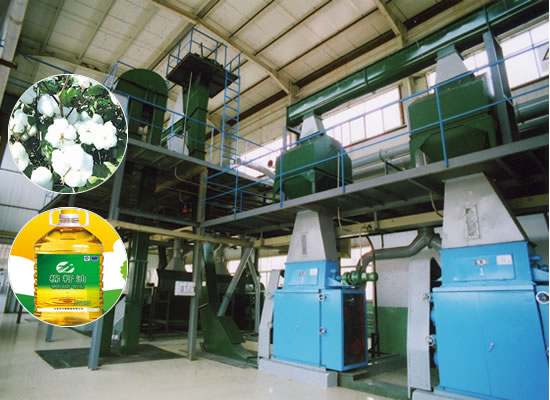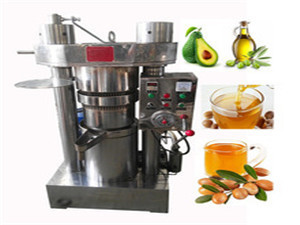As someone deeply passionate about oil extraction and its intricate processes, I often find myself at crossroads when selecting the best method for producing high-quality peanut oil. The hydraulic pressing and cold pressing methods dominate this field, and understanding their nuances is essential for making informed decisions. In this article, I'll share my insights based on years of industry experience, diving into the advantages, efficiencies, and outcomes of each technique.
Firstly, let’s differentiate between the two methods. The Hydraulic Peanut Oil Press utilizes hydraulic pressure to extract oil, providing a high yield and preserving the quality of the oil thanks to reduced exposure to heat. On the other hand, the Cold Pressing Technique involves crushing the peanuts without introducing additional heat, thereby keeping the natural flavors and nutrients intact.

Both methods have distinct advantages. Hydraulic pressing typically results in a higher yield of oil, making it an attractive option for large-scale producers. Conversely, cold pressing is revered for its ability to maintain the oil's natural properties, making it ideal for producers focused on quality.
From an efficiency standpoint, hydraulic presses are more productive in terms of quantity. The extraction speed is faster, which can significantly reduce operational time, while also ensuring higher yields per batch. Cold pressing, although slower, invites consumers interested in organic products as it avoids chemical solvents and excess heat.

In my experience, the choice between the two methods often comes down to the specific goals of the producer. If maximizing production is critical, hydraulic pressing is the way to go. However, for those emphasizing the preservation of flavor and nutrients, cold pressing shines.
Quality is paramount in the oil market, especially with the increasing demand for healthy and organic options. While the market for hydraulic-pressed oils is substantial, consumers increasingly gravitate towards cold-pressed varieties due to their holistic health benefits.
.jpg)
In conclusion, both the hydraulic and cold pressing methods possess unique strengths and weaknesses. The decision relies on the specific needs and values of the producer. I encourage anyone involved in oil extraction to weigh these considerations carefully. The right choice can lead to not only better yield and quality but also a stronger position in today's competitive marketplace.


